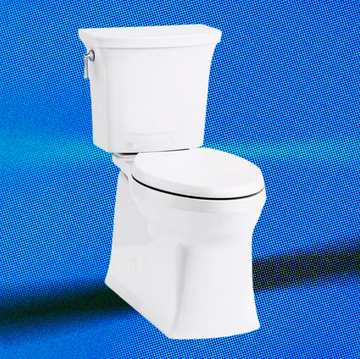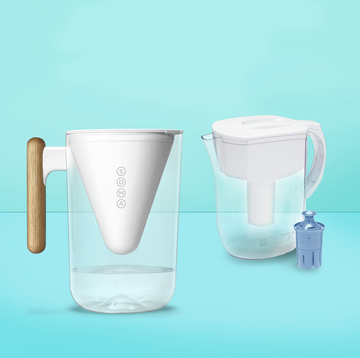5 Best Fire Extinguishers
Protect your home from dangerous blazes with this essential fire safety device.

We've been independently researching and testing products for over 120 years. If you buy through our links, we may earn a commission. Learn more about our review process.
Our top picks:
U.S. fire departments respond to an estimated 343,100 house fires every year, according to data from the National Fire Protection Association, causing an average of 2,610 deaths, 11,090 injuries and a whopping $7.6 billion in property damage. One vital line of defense is a fire extinguisher.
“Along with working smoke detectors, fire extinguishers are an essential part of any home’s fire protection plan,” says Dan DiClerico, the director of the Home Improvement & Outdoor Lab at the Good Housekeeping Institute. Yet only about two out of five Americans own a home fire extinguisher, a recent survey by insurance provider the Zebra found. To help change those statistics, we set out to find the best fire extinguishers for home use.
Our experts and engineers reviewed product specs and third-party certifications. We also spoke with fire safety experts at UL Solutions, a global product safety and certification organization, to get their advice on the industry safety ratings to look for, the best places to store fire extinguishers and how long fire extinguishers last before they should be replaced.
After checking out the picks, read on for more details on how we chose them, what to look for when selecting a fire extinguisher and answers to frequently asked questions to ensure you keep your home and loved ones safe. We also recommend making sure your home is equipped with a gas-leak detector.
Daniel Bortz (he/him) is a freelance writer in Arlington, Va who has written about home improvement for more a decade, including product reviews across every major category, from appliances to smart home technology, as well as articles on real estate, personal finance, and more. His work has been published by The New York Times, The Washington Post, Consumer Reports, Newsweek, Money magazine, among others. He’s also a licensed real estate agent who watches way too much HGTV.
Having written thousands of product reviews and how-to articles on all aspects of home ownership, from routine maintenance to major renovations, Dan (he/him) brings more than 20 years of industry experience to his role as the director of the Home Improvement & Outdoor Lab at the Good Housekeeping Institute. A one-time roofer and a serial remodeler, Dan can often be found keeping house at his restored Brooklyn brownstone, where he lives with his wife and kids.

Readers Also Read

The Best Pillows
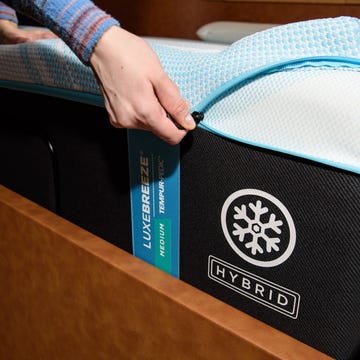
The Best Cooling Mattresses
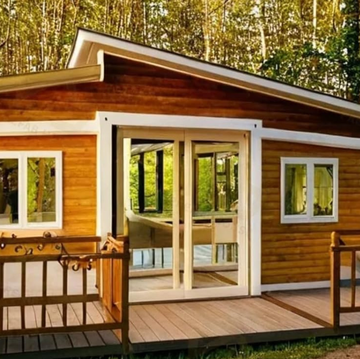
This Amazon Ready-Made Tiny Home Is a Game-Changer
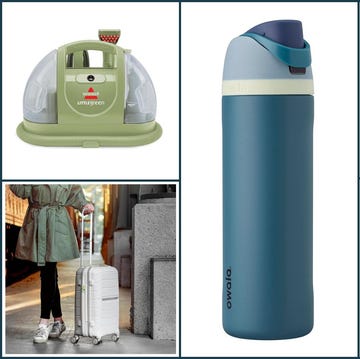
These Are Our Favorite Things to Buy on Amazon












